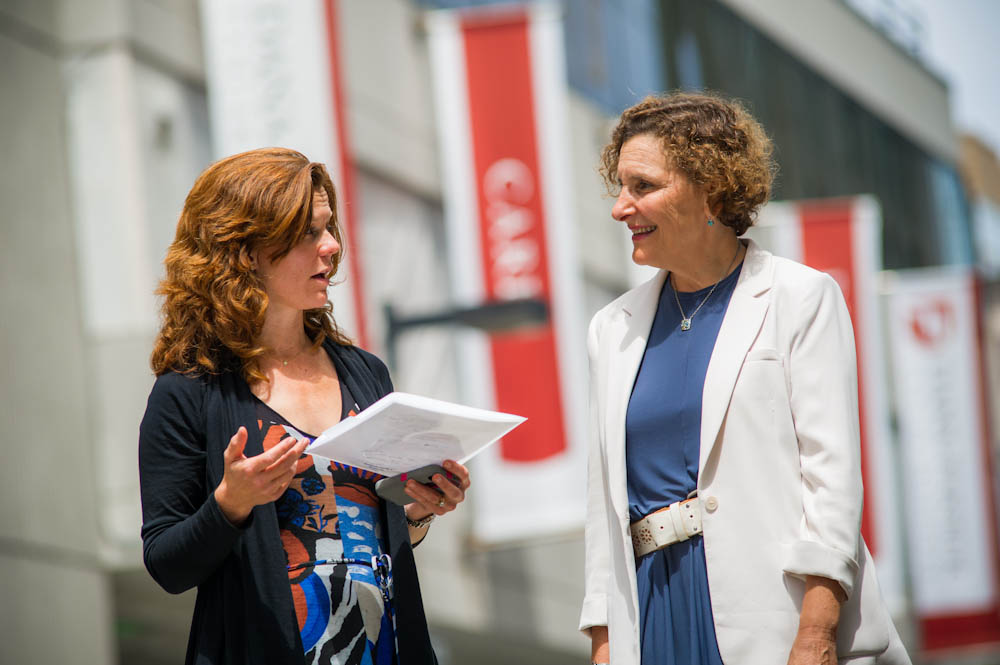
Cancer survivorship programs and services used to be something that patients would think about as they neared the end of active treatment, but that’s changing.
“More Americans are surviving cancer than ever before, and partly as a result of that, the model for survivorship care is changing,” says Ann Partridge, MD, MPH, director of Dana-Farber’s Adult Survivorship Program. “Whereas 10 years ago we might not have referred a patient to a survivorship program until well after treatment ended, today we’re tailoring care to engage patients in survivorship programs even before they end active cancer treatment.”
Today’s survivorship services and programs can benefit cancer patients in range of areas, including:
- Resolving sleep issues: Research shows that more than half of all cancer patients report some type of sleep problem. For example, chronic insomnia may be triggered by factors such as side effects of treatment, fear of recurrence, hospitalization, or chronic pain. Eric Zhou, PhD, clinical psychologist at Dana-Farber/Boston Children’s Cancer and Blood Disorders Center, further explains why sleep problems can be linked to cancer and explores methods for improving sleep.
- Staying active during and after treatment: Exercise classes and fitness consults can help prevent cancer recurrence in survivors who have finished treatment, but it also offers benefits for patients in active treatment. In fact, studies show that exercise can help prevent and ease cancer-related side effects such as peripheral neuropathy.
- Treating and preventing heart problems: Certain cancer treatments may lead to cardiovascular issues, so cardiologists work with patients and survivors to treat and prevent such conditions.
- Addressing sexual health concerns: Physical and emotional changes can occur during and after treatment, which impacts the way cancer patients and survivors feel about their bodies and about sex. This is a common reaction, which is why survivorship programs work to help both patients and survivors reclaim intimacy during and after treatment.
- Eating well during and after treatment: Nutrition counseling can help patients at any stage of treatment strengthen their eating habits and maintain a healthy weight.
Learn more:
“Survivorship care is not a one-size-fits-all approach,” says Partridge. “We tailor it to who the person is, what treatment they have had, and what survivorship services best fit their needs. The main goal is simple: We want to make sure you get the care you need and have the tools to move forward beyond your diagnosis and treatment, to live the best and fullest life after cancer.”
